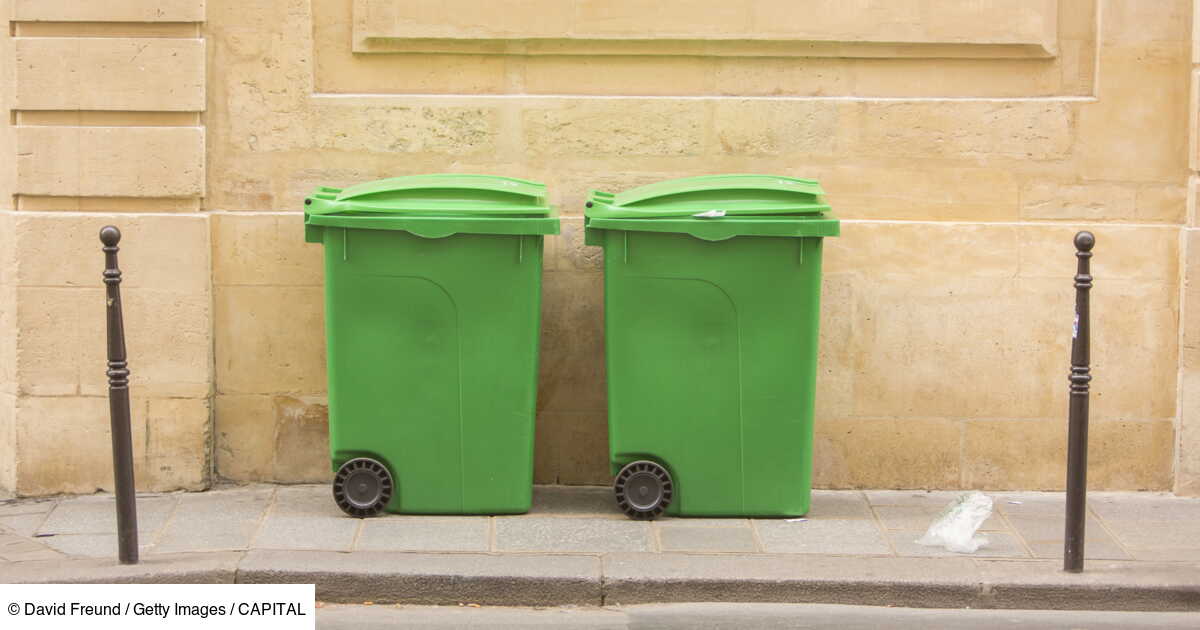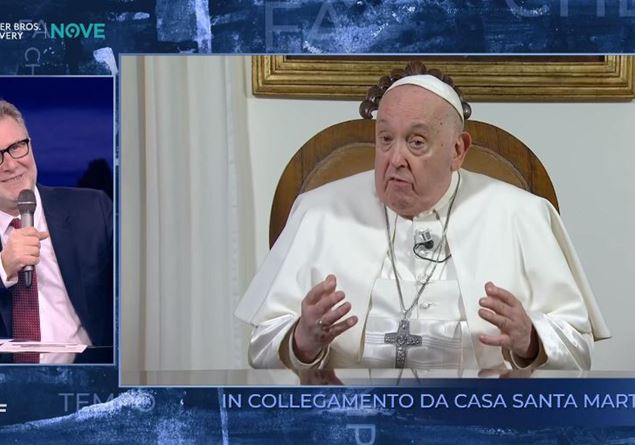
The Household Waste Removal Fee (REOM), also called an incentive fee, is a tax put in place with the aim of encouraging households to reduce the number of waste they produce by taxing them on the volume of waste. household waste produced. We tell you everything about this waste tax.
Capital Video: Fee for the removal of household waste (REOM)
© David Freund/Getty Images
– Fee for the removal of household waste (REOM)
What is the incentive fee for the removal of household waste (REOMI)?
Incentive fee: a tax on trash collection
The Fee for the Removal of Household Waste (REOM) or Incentive Fee for the Removal of Household Waste (REOMI) is part of one of the two methods of financing the collection and treatment of household waste in France with the TEOM .
Depending on the volume of waste
The REOM is a tax which is calculated based on several criteria such as the size of the accommodation, the number of people occupying the accommodation, etc. It takes into account the volume of waste processed, which implies that, if the volume of waste increases, the tax increases and vice versa.
A fee managed by communities
REOMI is managed at the local level (articles L2333-76 of the General Code of Local Authorities). It is perceived by the community, the delegation of the deliberative assembly or the concessionaire of the service provided.
Each community can define its own calculation and collection methods, depending on its needs and its waste management policy. Moreover, its implementation represents a high cost.
Property tax: definition, calculation and exemption
What is REOM used for?
Financing waste treatment
The REOM allows local authorities to finance household waste collection, transport and treatment services. It helps to cover the costs linked to waste management, thus ensuring a quality service for users.
Environmental objectives
By implementing a tax whose amount is calculated based on the waste produced by a household, the municipality encourages users to reduce the quantity of waste produced and to consume responsibly. It thus aims to achieve sustainable waste management objectives and promote recycling.
Housing tax on second homes: calculation, amount and exemption 2024
Who must pay the REOM household waste tax in 2024?
REOM household waste tax: for all tenants and owners
All households that generate household waste are affected. In other words, all people, whether tenants or owners, benefiting from the household waste elimination service are obliged to pay the REOM once it has been set up by the municipality.
Certain professionals subject to the REOM
Certain companies which produce waste treated as household waste may also be subject to REOM. This generally concerns local businesses, small offices and other establishments which do not have specific collection services for professional waste.
Public establishments also concerned
Schools, daycare centers, and other establishments that produce household waste may be required to pay the REOM, especially if they do not benefit from waste management specific to their status (for example, industrial establishments with separate waste management ).
Swimming pool tax: calculation, amount and declaration
Who is exempt from the household waste charge?
Only people using a waste collection service must pay the REOM. For the rest, you should consult the specific rules on the website (collection guides) of your local authority to find out the exact conditions of exemption and reduction of the REOM, because they vary from one municipality to another. .
Exemption from property tax: conditions, reliefs and ceiling
What is the difference between TEOM and REOM?
Alongside the TEOM (Household Waste Removal Tax) is the most widespread method of financing the treatment and collection of waste. Please note, REOM and TEOM are not cumulative.
TEOM: a tax to be paid by the owner
The TEOM is a local tax, which is added to the property tax on properties. It is therefore paid by owners and, in certain cases, by tenants, but it is calculated on the basis of half the cadastral value of the property.
TEOM, the main financing for waste treatment services
The TEOM is mainly used to finance the management costs of waste removal and treatment services, while the REOM aims to encourage users to adopt responsible behavior in terms of waste management, promoting sorting and waste reduction.
Property tax on undeveloped properties (TFPNB)
How is the REOM household waste tax calculated?
The amount of the REOM includes a fixed part and a variable part.
Fixed part of the royalty
The fixed part of the REOM represents the fixed costs of the household waste treatment and collection service (transport of the truck, unloading of waste, transport to the sorting center, operation of the sorting center, collection of bulky items, supply of bins and sorting bags, access to recycling centers).
Variable part of the royalty
The variable part of the REOM corresponds to the volume of waste produced by each household calculated according to the volume of the bin of each dwelling determined according to the composition of the household. This is a crucial part of the calculation because it directly reflects the amount of waste actually produced by each household.
Garbage bin volume
The variable portion is determined based on the volume of the bin used by each household for the collection of household waste. Local authorities offer several bin sizes (for example, 120 liters, 240 liters, etc.), allowing users to choose according to their needs and their waste production.
Overall calculation of the REOM
Each property is invoiced after taking into account the fixed part and the number of times the household waste bin is collected by the household waste collection service. Each bin is equipped with a chip to be identifiable, thus making it possible to establish the invoice for payment of the incentive fee.
Real estate rental: what are the owner’s charges?
How to pay the REOM tax?
An annual or semi-annual invoice
Most often, the REOM is billed annually or semi-annually, and users receive an invoice detailing the amount due, which includes the fixed part and the variable part of the fee. The communities define the invoicing dates, and the payment deadline is one month.
Payment methods
The incentive fee can be paid by users via different payment methods, namely:
- by secure payment by bank card, 24 hours a day, on the online payment portal of the Ministry of the Economy and Finance;
- by check or RIB accompanied by your Interbank Payment Title (TIP), sent in a stamped envelope to the municipality’s collection center;
- in cash, with the invoice, from the competent Public Finance Center;
- by direct debit, after requesting affiliation to the service;
- by bank transfer (bank details indicated on the back of the invoice).
Tax on vacant housing (TLV)
And what is the special fee?
Principle of the special fee
The Special Fee (RS) is a financing system for the collection and processing of waste specifically intended for companies and establishments that generate non-household waste (industrial, office, construction site waste, etc.).
Calculation method
The special fee is calculated based on the quantity of waste produced, measured by the weight or volume of the waste. This encourages businesses to reduce the amount of waste they generate and adopt sorting and recycling practices.
>> Our services to optimize your real estate investments
Receive our latest news
Every week, the key articles to accompany your personal finance.







